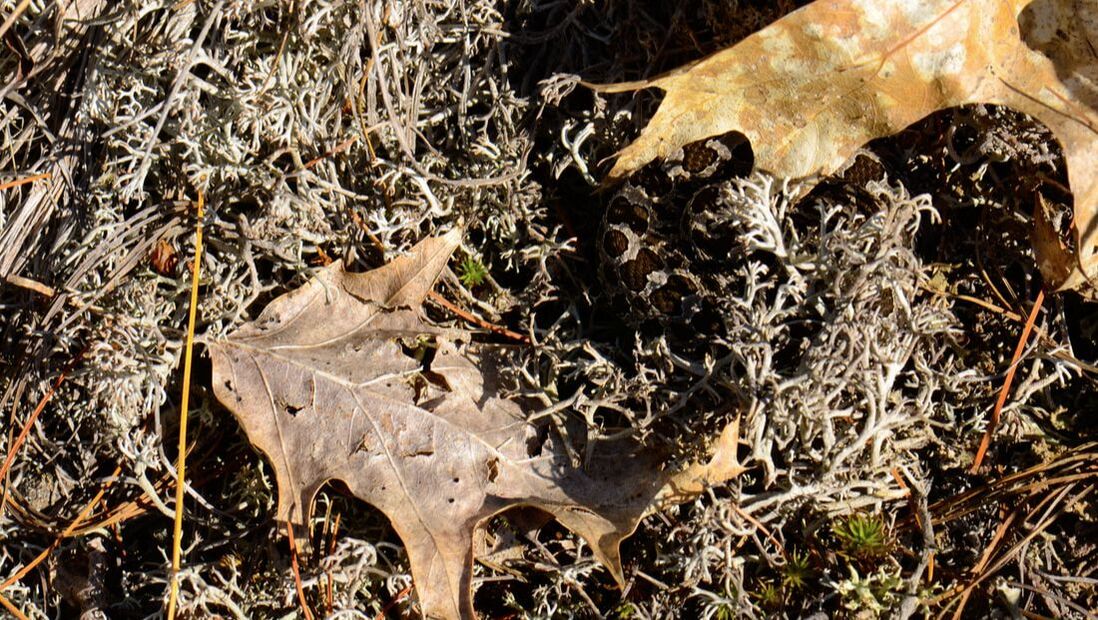Making the most of Time in the field: Amphibian and Reptile Courses
We make the most of our field training time for amphibian and reptile courses by contributing to research priorities in the protected areas we visit. Our research focus is on providing baseline data on the distribution and abundance of amphibians and reptiles as well as providing consistent inventory and monitoring of amphibians and reptiles. Each area is surveyed six times each year with three surveys in the spring and three surveys in the fall. With an average of six people participating in the surveys for six hours, we contribute 36 hours of field work every time we visit a site! That's an annual total of 216 hours at three locations for a total of 648 person hours. Amphibian Ecology & ID as well as Reptile Ecology & ID provide a foundation in the biology of amphibians and reptiles and a clear understanding of the correct identification of Ontario's amphibians and reptiles. Monitoring Amphibians & Reptiles focuses on the application of amphibian and reptile ecology for the purpose of detecting and monitoring amphibian and reptile populations.
Five-lined Skink, Plestiodon fasciatus
Although my PhD research on five-lined skinks has wrapped up, I continue to collect data at the same sites. The main focus of the ongoing work is to complete regular population estimation surveys using capture-mark-recapture methods. Each site will be assessed every second year to monitor any trends in population size. Additional work stemming from the PhD research includes: 1) genetic analysis of the populations to determine if patterns of association between individuals reveals patterns of kinship; 2) genetic analysis to determine the prevalence of multiple paternity along a latitudinal and elevational gradient; 3) morphological comparison along latitudinal and elevational gradients.
Massasauga Rattlesnake Gestation Sites
In 2013, I had a very successful year surveying for massasaugas and located multiple females at gestation sites at one location in the Canadian Shield Region. The winter of 2013/2014 seemed to take a tole on the population as several of the females observed in 2013 have not been seen again. The Georgian Bay Biosphere Reserve initiated a monitoring project in 2017 to locate and monitor massasauga gestation sites and I assist with this work each year by revisiting my site regularly to locate and monitor gestating females.
Snake Cover Board Protocol
Ontario Nature developed a cover board protocol in 2018 and enlisted the assistance of a variety of individuals and organizations to test the protocol in 2019. The work continues annually and I currently have cover boards at five sites in central Ontario. Each location is monitored in the spring and fall to record and monitor snake populations at the sites and to gather data for analysis of the efficacy of cover boards as a tool to detect trends in snake populations.
